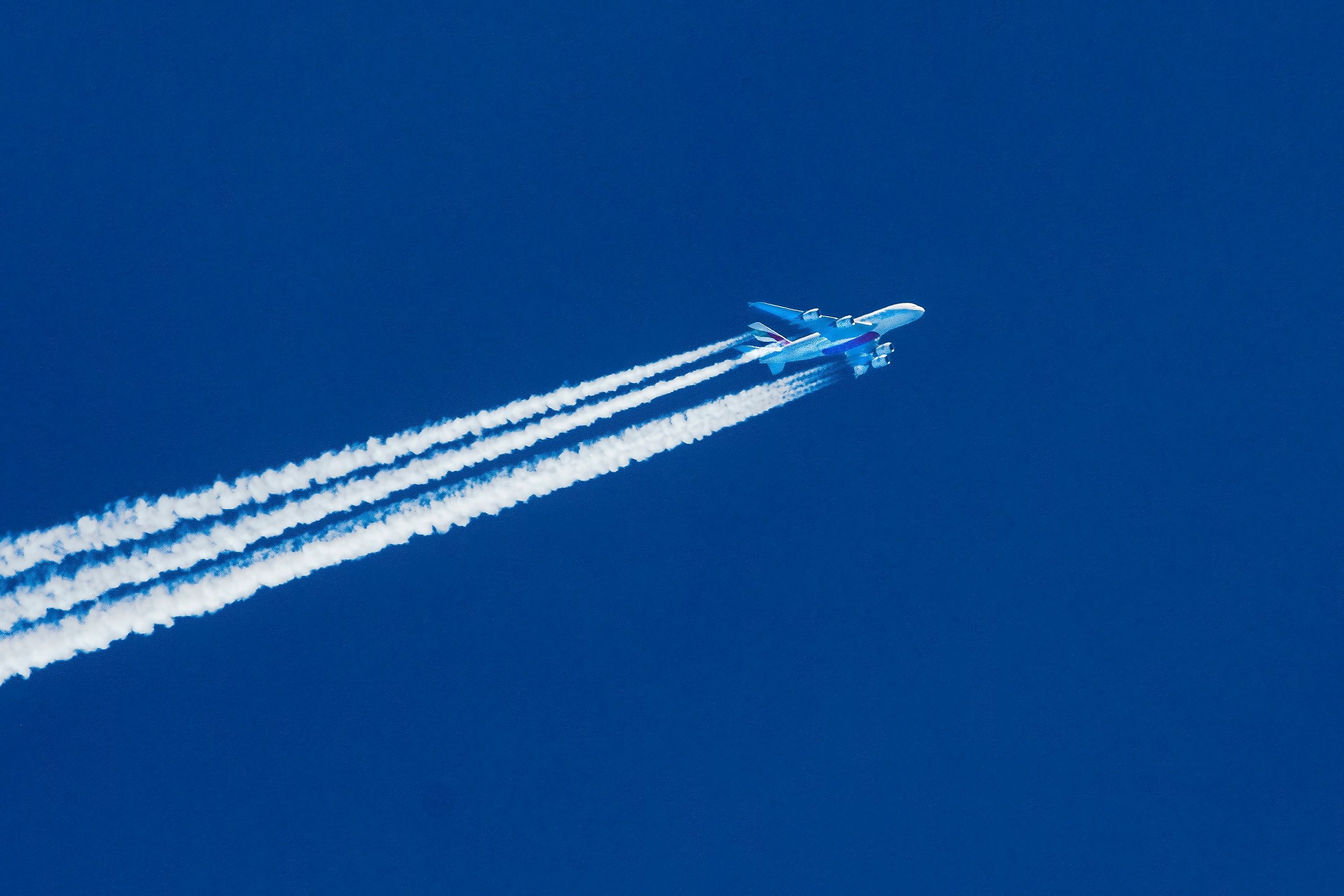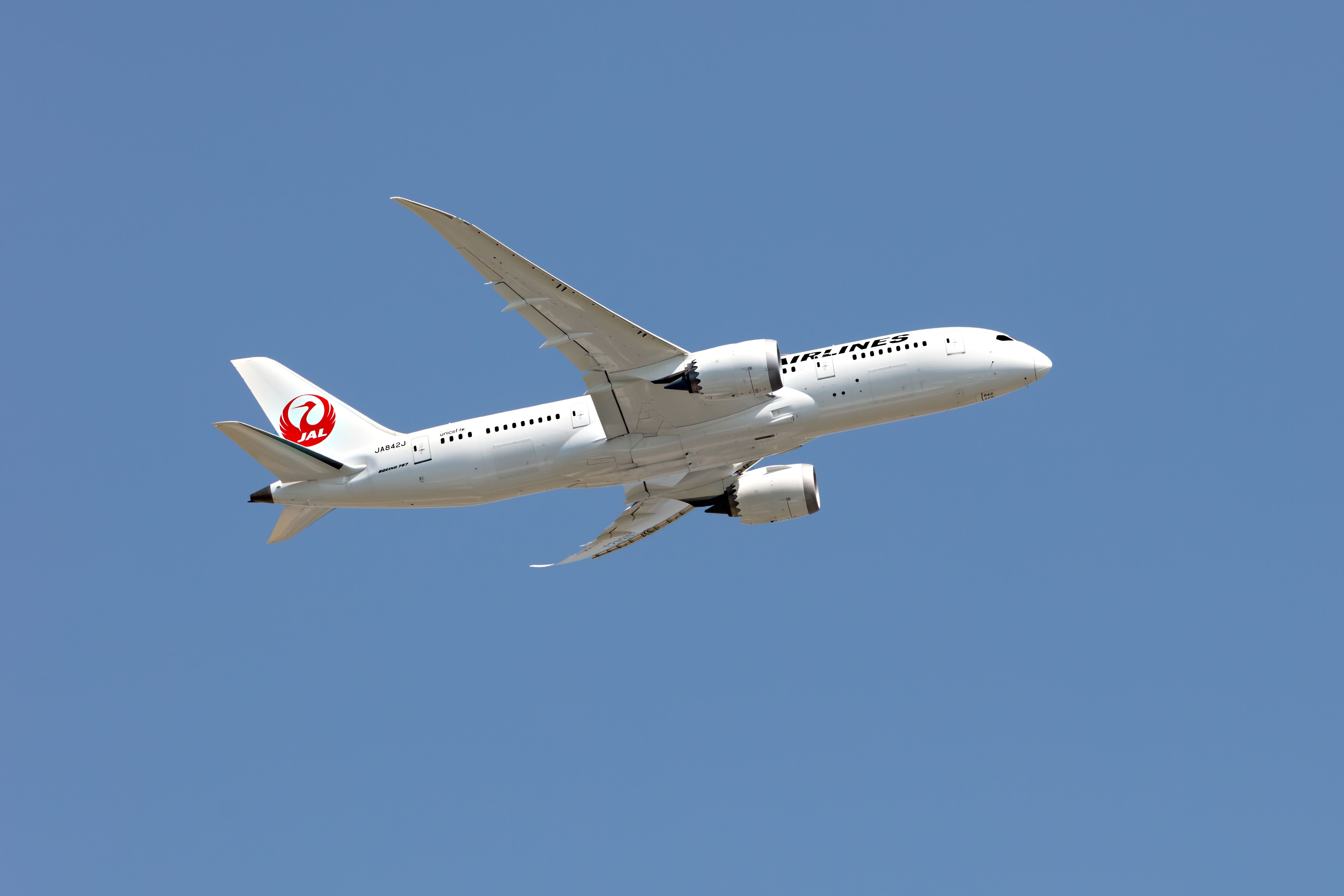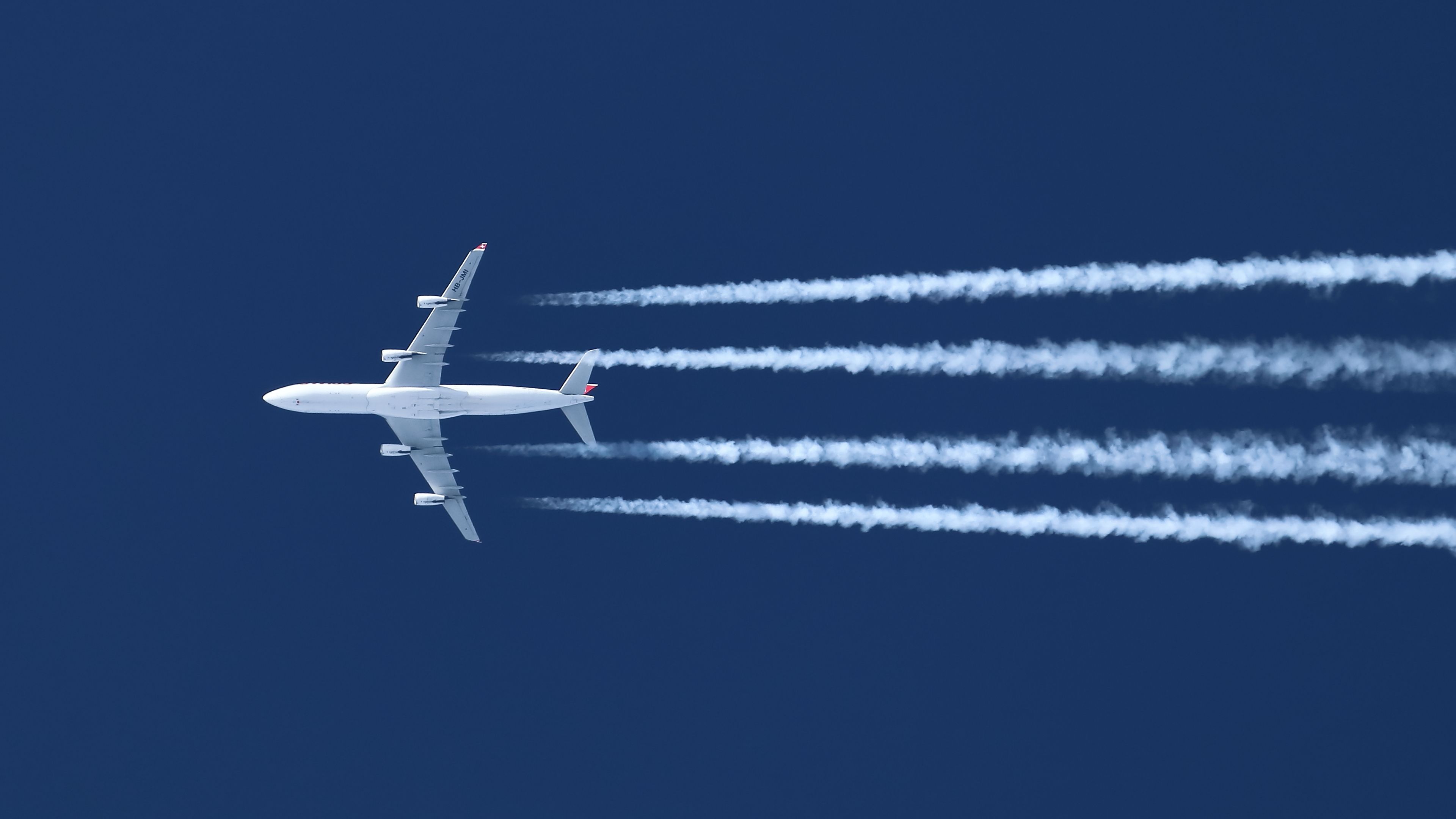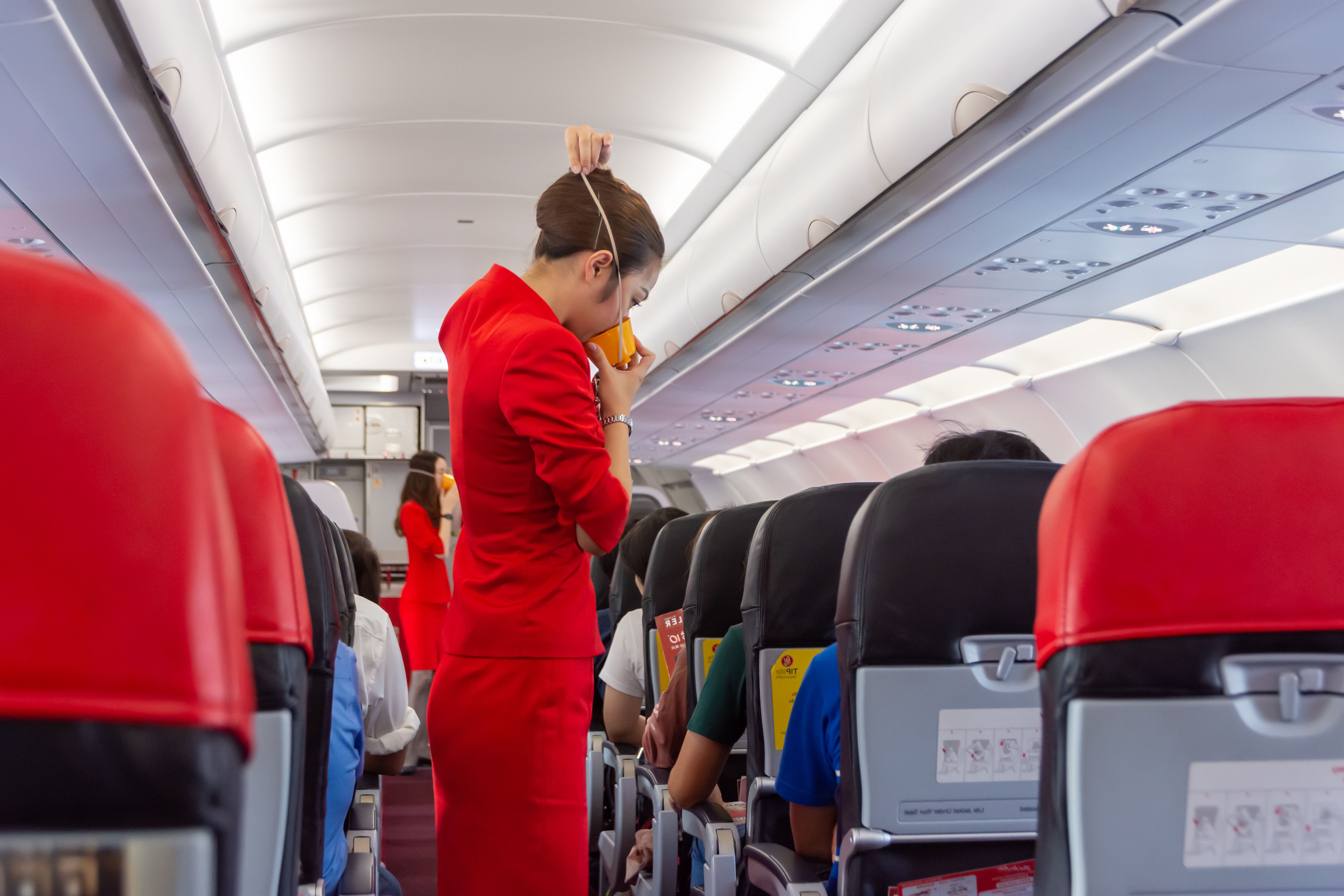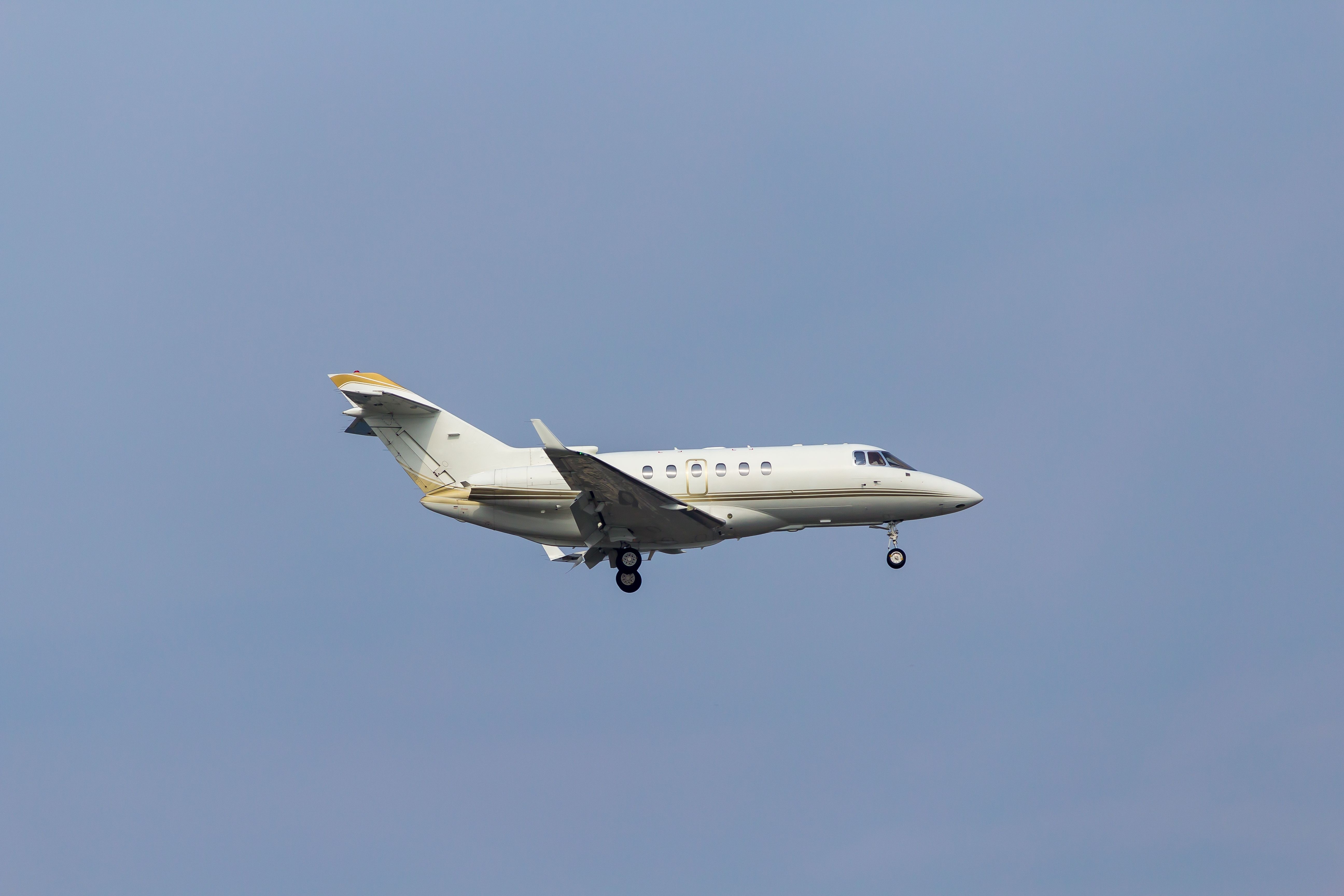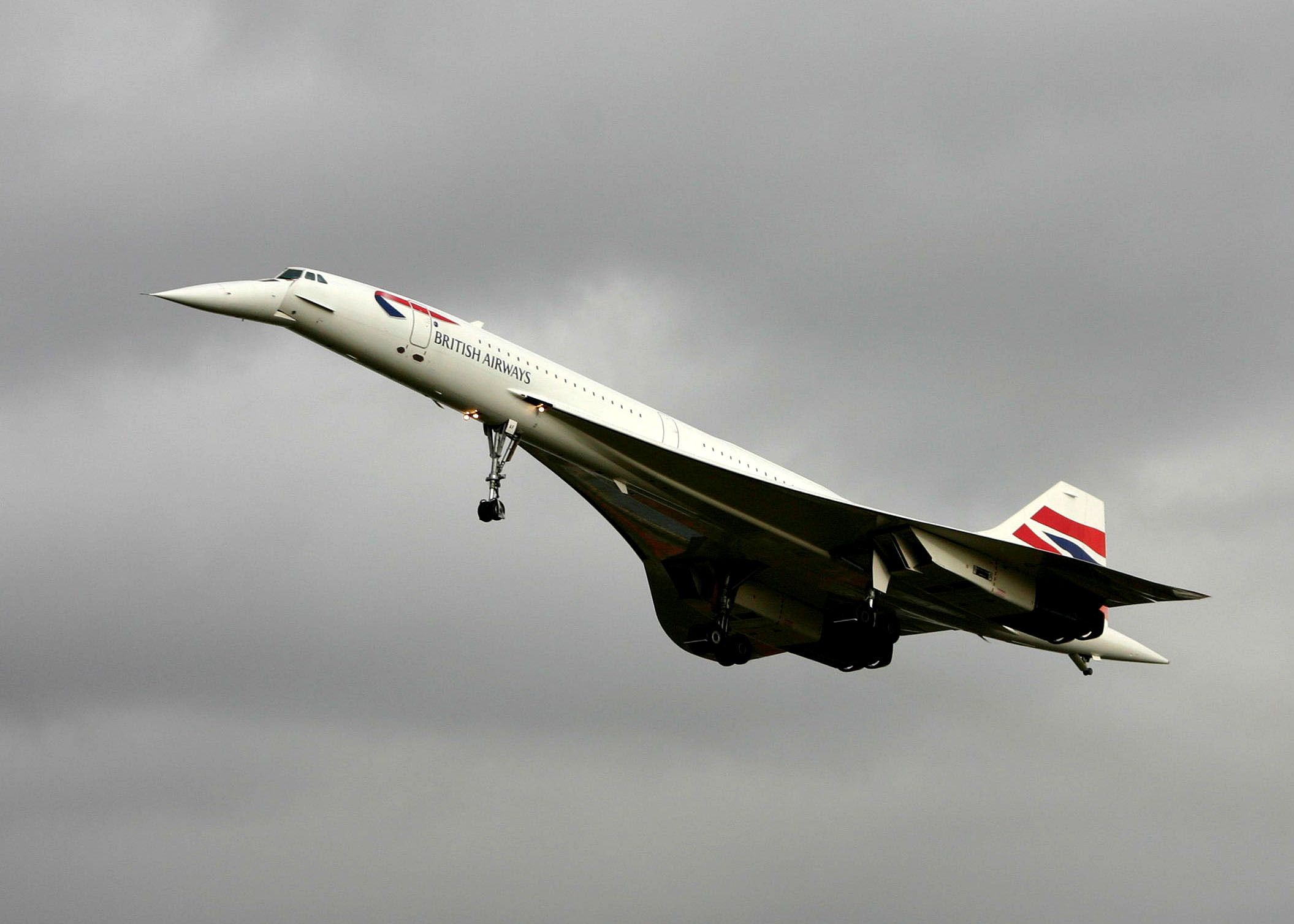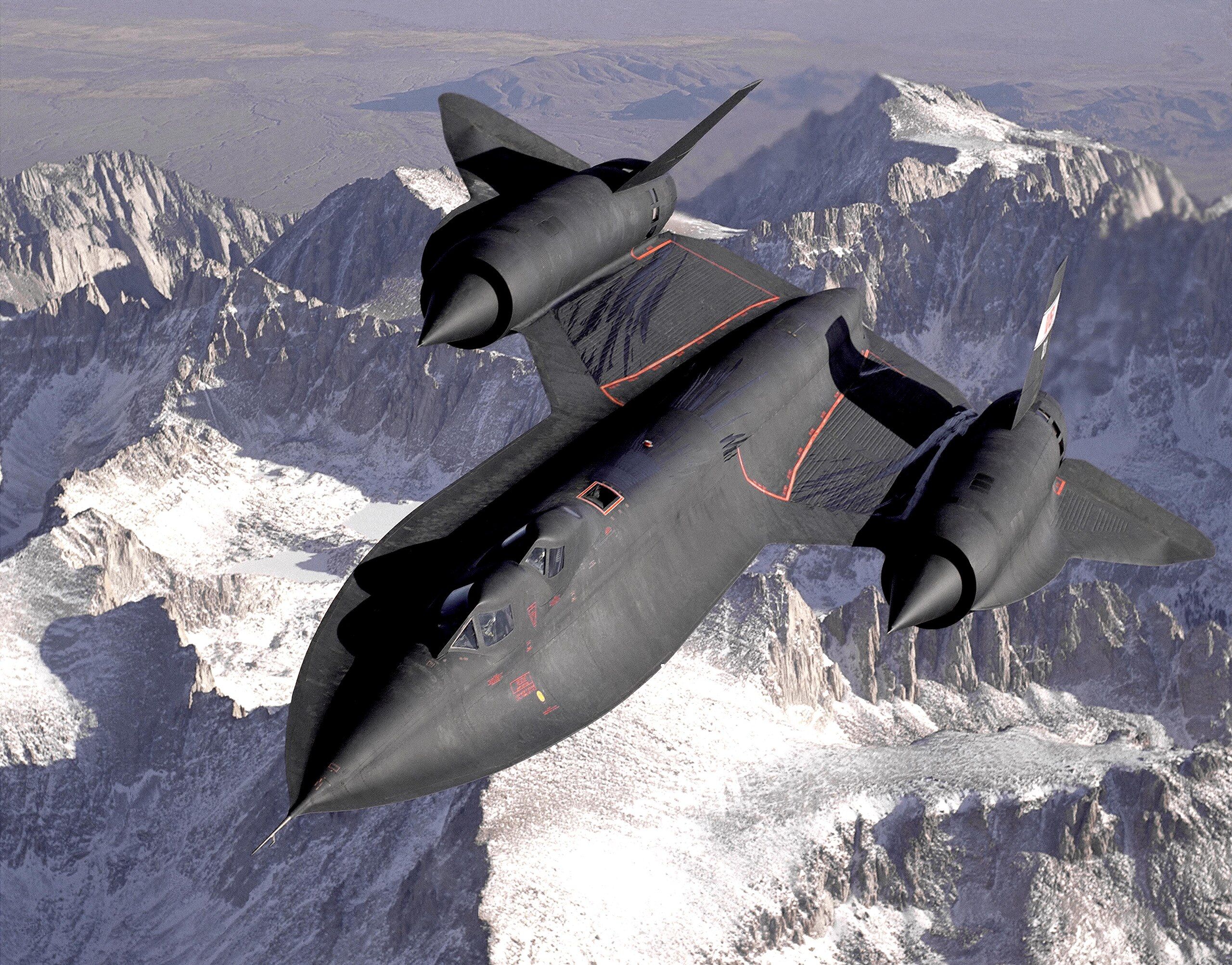Commercial aircraft today cruise at high altitudes that reach some 30,000 feet (9,144 meters) above mean sea level, and even beyond. When flying as a passenger, you may well have heard the flight's cruising altitude being mentioned in the various announcements made from the cockpit. Still, exactly how high are aircraft permitted to operate? And what are the limitations of going higher?
Limits set for commercial aircraft
Naturally, the maximum permitted altitude varies somewhat from aircraft to aircraft. An optimal cruising altitude is also a factor in achieving a given aircraft's best range. These limits guide the height that an aircraft flies, at rather than any legal or regulatory requirements. Although, of course, air traffic control in each airspace has ultimate authority over an aircraft's precise altitude at a given time.
Most commercial aircraft are approved to fly at a maximum of around 42,000 feet, with this maximum figure also being known as a 'service ceiling.' For example, for the double-decker Airbus A380' superjumbo' quadjet, the service ceiling is 43,000 feet. Meanwhile, for the Boeing 787-8 and -9 'Dreamliner,' it is 43,100 feet. However, the stretched-fuselage 787-10 comes in a little lower, at 41,100 feet.
Want answers to more key questions in aviation? Check out the rest of our guides here!
To use another example, earlier Boeing 737 family aircraft (up to the -500 variant) have a service ceiling of 37,000 feet. This ceiling was increased to 41,000 feet with the introduction of the 737-600 model, which was the first and smallest variant of the 737 'NG' (Next Generation) family. For optimal operation, most aircraft will be guided to fly slightly lower than this, typically around 35,000 feet.
Why fly so high?
There are several reasons why airlines would want to fly their planes at such altitudes. The primary purpose of such operations is to optimize efficiency.
At higher altitudes, the air is thinner. This produces less resistance, allowing the aircraft to fly faster using less fuel. Jet engines also operate more efficiently at a higher altitude, as they can be run closer to their maximum capabilities.
Get the latest aviation news straight to your inbox: Sign up for our newsletters today!
The exact height chosen for a given flight will also depend on wind conditions. Aircraft will aim to take advantage of or minimize the adverse effects of high-altitude jet stream winds. To help with this, pilots may find that they need to adjust their altitude. They will also seek to avoid areas of turbulence and adverse weather by climbing or descending accordingly if permitted by air traffic control.
Why don't aircraft fly higher?
This then raises the question of why not fly higher than this? And why are there set limits? Although the thinner air creates efficiency advantages at altitude, there is a point at which the air becomes too thin. Much thinner air means that the engines cannot produce enough trust, and the wings would not produce sufficient lift.
There could also be problems restarting a failed engine at a higher altitude in the event of a failure, as well as other safety implications of flying at higher altitudes for passengers and crew. In the event of cabin decompression, the aircraft will descend quickly to a lower altitude. This takes more time from a higher altitude, and this crucial difference could endanger passengers.
There are defined measures for the 'time of useful consciousness' (TUC), which describes how long a person would remain conscious in the event of a cabin decompression. At an altitude of 35,000 feet, this is 15 to 30 seconds, which generally provides sufficient time for passengers to fit their oxygen masks. However, at 50,000 feet, this decreases to just five seconds, creating significant peril.
Some aircraft can fly higher
While commercial aircraft have service ceilings set in line with factors such as engine and TUC limits, private aircraft have more scope. Many smaller corporate jets are rated to higher ceilings of, for example, 51,000 feet. They often have larger engines relative to the aircraft size and weight (which is often far less due to their low-density seating configurations), which helps achieve this.
Simple Flying recently explored this topic in greater detail as part of a separate article, which you can find at the link here. We found that, while flying at much higher altitudes has traffic advantages, with clearer airways allowing for faster journeys, private aircraft also rarely fly too close to their allocated service ceilings.
Concorde has been the only significant exception among commercial aircraft, flying at 60,000 feet thanks to the increased lift generated when flying at much higher speeds. At low altitudes, drag would prevent it from reaching its high speeds.
High above existing aerial corridors, the legendary British-French airliner cruised at speeds of up to Mach 2.04 (1,354 mph / 2,179 km/h). At these higher altitudes, Concorde carried increased risks for passengers from decompression.
There were several features used to minimize these. It could descend much faster than other aircraft, due to its delta wing shape. Concorde also had a system to assist with rapid emergency descent, which some corporate jets also use a form of.
Finally, it had much smaller windows, as these would help slow a decompression if a window failed. With Concorde not having flown since 2003, most of us can only imagine how the world would have looked from 60,000 feet.
Not a match for military
With different requirements to those of airliners, the majority of military planes fly at approximately 50,000 feet and, at times, even higher. Notably, the highest possible altitude for a military unit is not publicly shared for security reasons. Nonetheless, most fighter jets fly at an altitude between 45,000 and 51,000 feet.
Some types, such as the Lockheed Martin F-22 Raptor, can reach as high as 65,000 feet due to the capability to rise vertically. Meanwhile, introduced in 1966 and retired before the new millennium, the Lockheed SR-71 'Blackbird' operated at high speeds and altitudes of Mach 3.2 and 85,000 feet respectively during aerial reconnaissance tasks, providing it with the ability to avoid being hit.
Looking ahead
We are set to see a change of pace in the commercial scene in the coming years. The highly-anticipated Boom Overture will have a Mach 1.7 cruise speed over water and a cruising altitude of 60,000 feet. With supersonic travel set for a comeback in the commercial realm, we can expect to be flying even higher than we do now.
What are your thoughts about how high commercial aircraft can fly? What do you make of the overall potential to be had in this field across the industry? Let us know what you think of the plans in the comment section.

